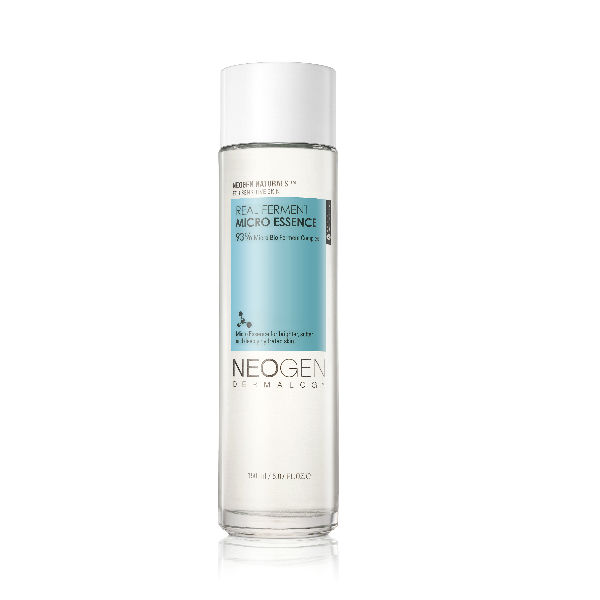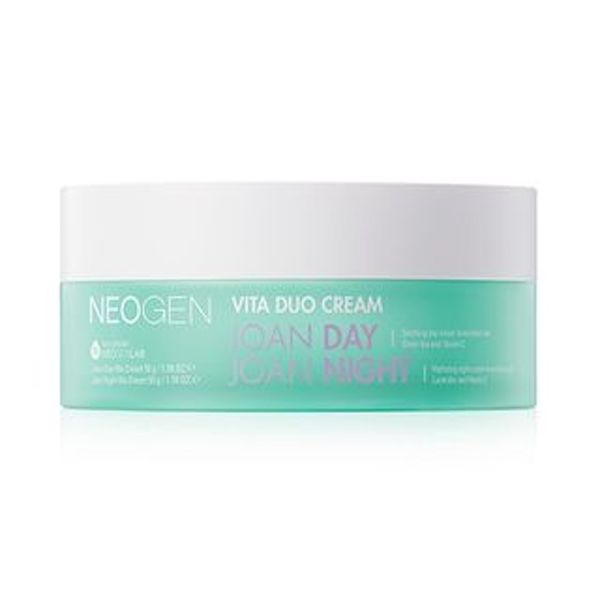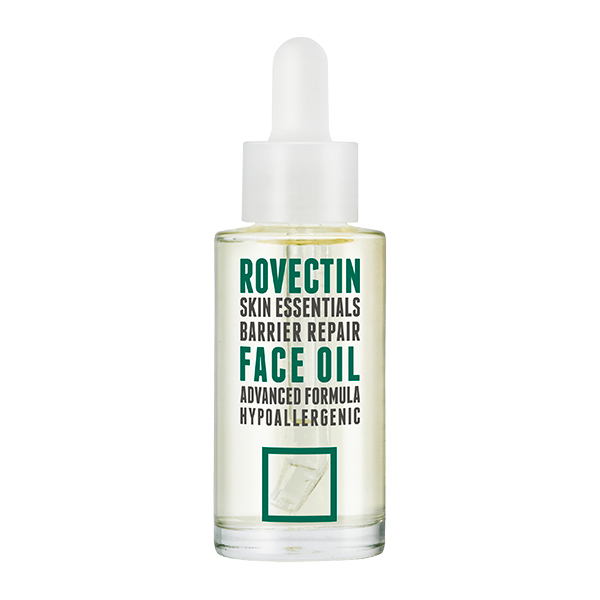Are facial massages worth it? And if so, how do you even do a facial massage? Find the answers here!
Ever eat one too many snacks (or in my case, ramen!) the night before and wake up with a not so pretty puffy, bloated face? Don’t worry, it happens to the best of us. While indulging every once in a while is completely fine, it can leave you stuck wondering how to relieve that extra bloating.
Turns out, facial massage may be the key. It has been touted as an excellent way to relieve excess fluid and tension from the face with the purpose of leaving you looking more youthful and radiant. We reached out to Joshua Zeichner, the director of cosmetic and clinical research at Mount Sinai Hospital in New York City, to get the details about what exactly facial massage can do for your skin.
It can reduce swelling and inflammation
According to Zeichner, massaging your skin for a few minutes post-routine can help to “enhance blood flow to the skin, which helps to deliver oxygen and nutrients, allowing the skin to function optimally.” You can do this by taking a rich moisturizer like the Neogen Vita Duo Cream Joan Day Joan Night or even an oil like the Rovectin Skin Essentials Barrier Repair Face Oil and applying it to your face.
Then, starting from the middle of your face, use your fists or knuckles of your two index fingers to gently move towards the temples in an outward motion.

Then, move to the rest of the face by using your knuckles to go from the bridge of the nose up towards the forehead and then down around the outline of the face. Doing this multiple times can help increase circulation and and reduce any swelling or inflammation. Make sure that the product you use gives enough slip to the skin to avoid any unnecessary tugging and pulling.

Facial massage can also help de-puff those early morning eyes. “It helps remove excess fluid that may build up in the under eye area,” says Zeichner. You can do this by taking an eye cream like the Missha Cho Bo Yang Eye Cream and gently (without tugging!) massage the eye area with your index finger in a gentle back and forth motion from the bridge of your nose to the temples. This simple massage can leave your eyes looking more awake and refreshed.
It enhances the penetration of your skin care products
When most people think of facial massages their first thought is reducing swelling, but Zeichner says that it can also help to “increase the penetration of actives applied to the skin.” This can be correlated to the enhanced blood flow that massages create, which allows the skin to work more efficiently.
To boost your facial massage results, you can add a few drops of your favorite anti-aging serum like the Missha Time Revolution Night Repair Serum or even an essence like the Neogen Real Ferment Micro Essence to your moisturizer to not only thin it out and allow a better slip, but also to force-feed as many nutrients as possible to the skin. Think of facial massages as the part of your routine where you want to use your most effective products so you can get the best from your massage.
It improves overall radiance

With consistency, facial massages can leave you with healthier glowing skin, which can be attributed to the massages exfoliating properties. “If you suffer from dull skin, then you can use a physical exfoliator on your face and then perform a massage afterwards,” says Zeichner.
Use a gentle exfoliator like the My Skin Mentor Dr. G Crystal Deep Peeling which is infused with micro crystal salt granules and lemon extract to effectively smooth skin while aloe, centella, and various fruit extracts brighten and even. Afterwards, use a hydrating serum like the Klairs Rich Moist Soothing Serum to gently massage the face. “This can help exfoliate dead cells from the surface of the skin to improve skin radiance,” says Zeichner. You’ll want to do this combination of facial massage and exfoliator no more than once a week so you can avoid over-exfoliation.
Bottom line
Facial massages are more than just some fancy pampering you get when you go get a facial. They can actually help to de-puff, improve circulation, and even help your skin care products to absorb better. If you’re interested in adding this into your routine then you might be wondering how long you should massage or how often you should do it. That’s ultimately up to you! You can do it as often and as long as you like. Just remember to use gentle movements and avoid unnecessary tugging.








